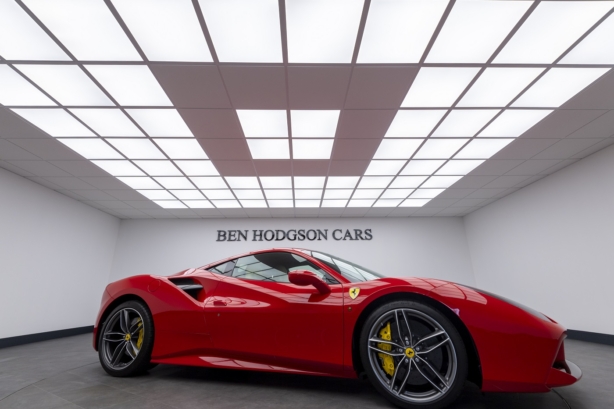
A 1-Step MacAdam ellipse is defined as being ‘1-SDCM’, with a 2-Step MacAdam ellipse being defined as 2-SDCM and so on up to a 7-Step MacAdam ellipse as 7-SDCM. It is considered that the human eye cannot distinguish any difference in colour temperature where the chromaticity coordinates are provided as being within 1-SDCM or one Step MacAdam ellipse, however when you get to 2-SDCM, the difference has barely the ability to be distinguished by the trained human eye, even though the values for standard deviation of colour matching have doubled from the previous value.
For lighting specifications, the range of values of Standard Deviation of Colour Matching (SDCM) are normally between that of 2-SDCM and 7-SCDM, with 1-SDCM being unachievable on a practical basic and, where the lower values equal to 2-SDCM to 3-SDCM are usually specified for lighting applications where more control of the colour consistency is required. These are generally for installations where colour matching is a prerequisite and where the colour consistency of the lighting is critical for the task being undertaken, however it still may be possible to see some small amount of colour variation in the light source in these instances.
For more general internal lighting installations, a value of around 3-SDCM to 4-SDCM can be the accepted value, however a greater shift of colour will sometimes be visually distracting and can create the impression of a poorly designed space or one which is not adequately maintained. This can occur in applications such as car showrooms and departmental stores selling fabrics where the wider SDCM can reduce colour consistency, making it difficult to determine the true colour of the product. It is also important to consider the budget limitations of the application as products with a lower SDCM value may attract an incremental increase in purchase cost.
When designing interior applications such as residential or for exterior lighting projects, a value at the higher end of either 5-SDCM to 7-SDCM is normally assumed to be the acceptable solution, being a trade-off between the benefits of colour consistency and that of any budget constraints.
Colour and with it, the ability to determine and discriminate between different colours is an important consideration of electric lighting, as when you are looking to make the purchase an item, such as a new car for instance, you want to be completely sure that the colour of the car being offered and viewed in the well internally illuminated showroom, is in fact displaying its true colour.

